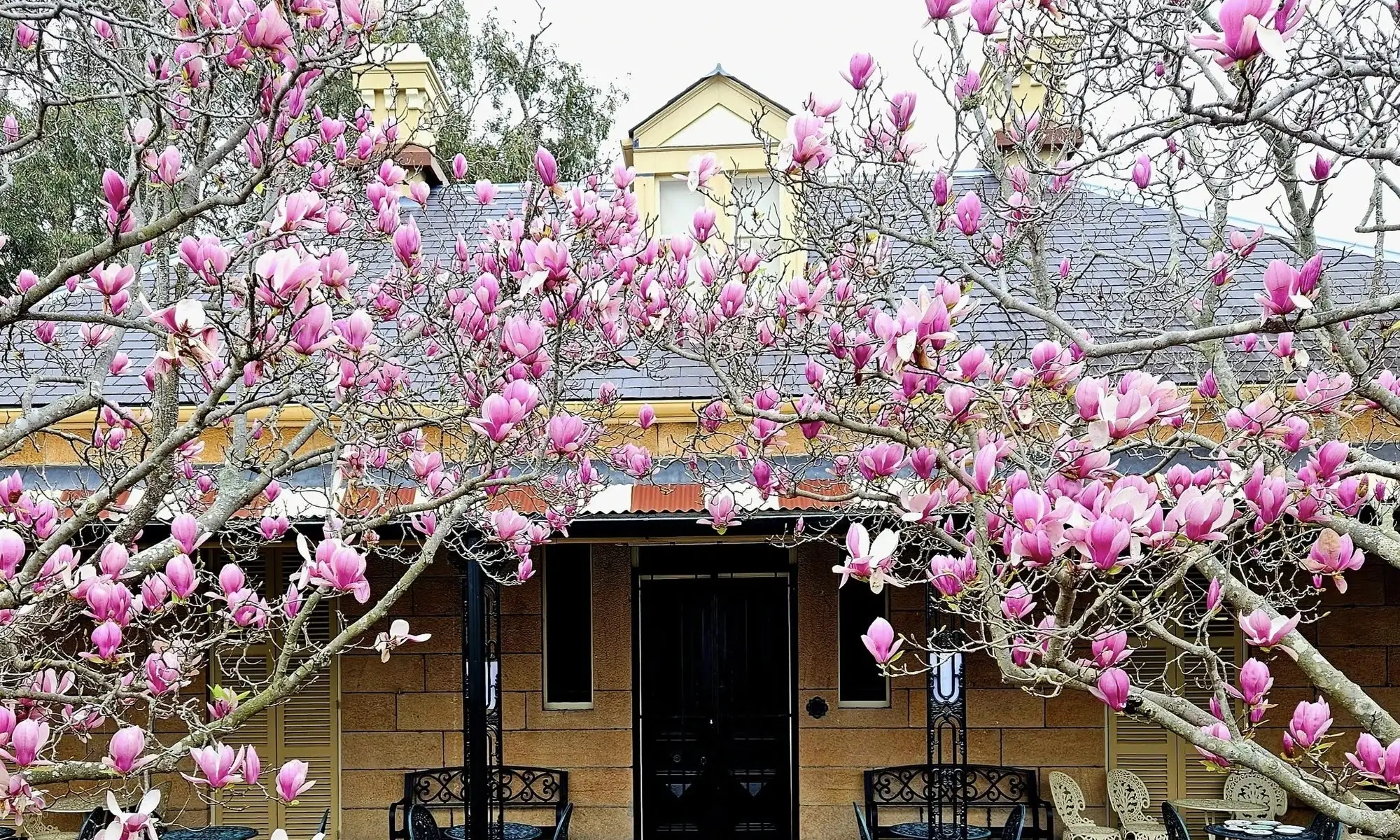Greetings fellow St. George Historical Society Inc members, Without doubt, this past year has proven to be the most logistically challenging yet reinvigorating year in the life of the St. George Historical Society Inc. for many, many years. The historical ‘jewel in Bayside City Council’s crown’ and the home of our society, Lydham Hall has …
The Sydney And Suburban Municipalities: West Botany, 1888
During the late 1880s the Sydney Morning Herald published a series of articles on the Municipalities of Sydney. This article was dedicated to West Botany.The Sydney Morning Herald, Thursday, 5 January, 1888, p4 The borough of West Botany was incorporated on the 13th of January, 1871. It has an area of about six square miles, …
Continue reading “The Sydney And Suburban Municipalities: West Botany, 1888”
St Magdalen’s Retreat Tempe – Just a Penitentiary?
by Mary Barthelemy* St Magdalen’s Tempe was an offshoot of the Good Samaritan Sisters’ House of the Good Shepherd in Sydney’s Pitt Street. Destitute women, including former prostitutes, were cared for in this refuge from the Order’s beginnings in the mid-19th century. Laundries were features of these establishments as they had a dual function – …
Continue reading “St Magdalen’s Retreat Tempe – Just a Penitentiary?”
The Aboriginal Story Of Burke And Wills
edited By Ian D. Clark And Fred CarhirCSIRO Publishing, 2013. 303 pages & index. Review by Laurice Bondfield The subtitle of this book of articles is: “Forgotten Narratives” but as Dr. Peter Thorne, Vice President of the Royal Society of Victoria points out in his introduction, “Few episodes in Australia’s history have received as much …
Tottenham House, Tom Ugly’s Point
by Gifford and Eileen Eardley About 1893 a lovely residence, named “Tottenham House”, evidently in nostalgic memory of the same place-name which occurs in North London, was constructed on the highest point of the ridge which leads to Dover, or Tom Ugly’s Point, at a distance of about one quarter of a mile short of …

